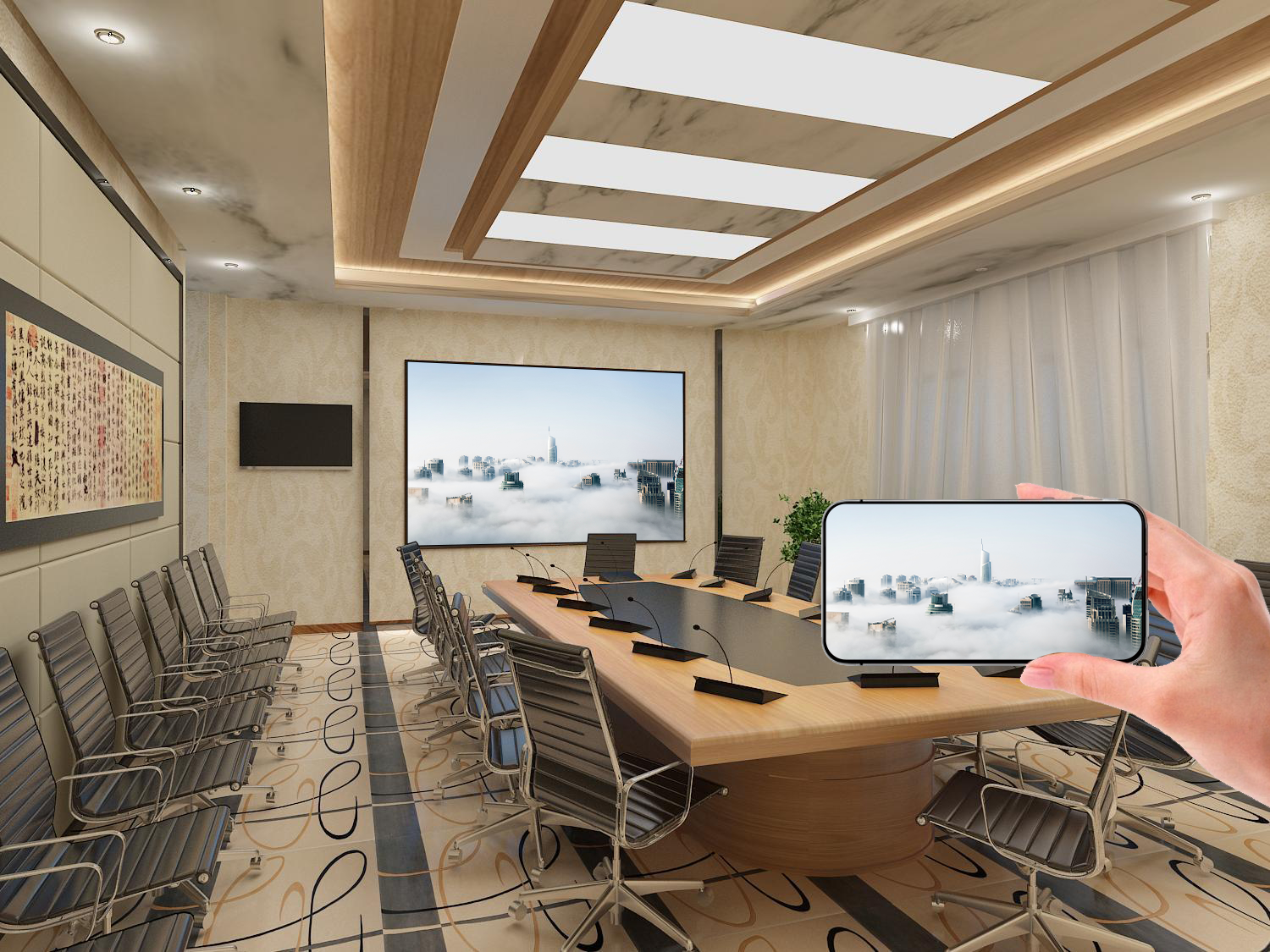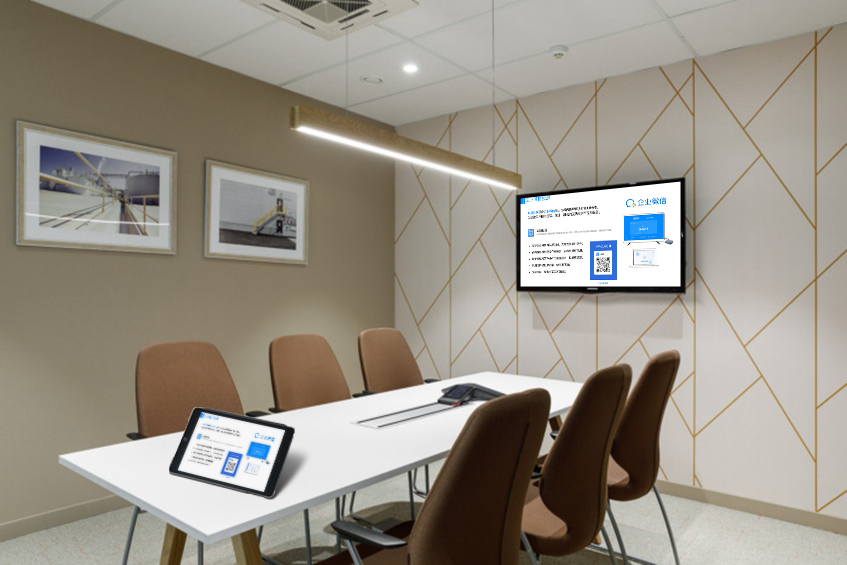WiDi: A Wireless Screen Mirroring Solution for All Windows Scenarios
The WiDi solution, based on Intel’s wireless display technology, builds an exclusive wireless screen mirroring ecosystem for Windows devices. Without the need for extra hardware, it enables a stable interconnection between computers, tablets, and various large screens, covering diverse scenarios such as office, education, and home. This makes content transmission more efficient and operation more seamless.
Core Technology Upgrades
- Cross-Version System Compatibility: It not only supports native activation on Windows 7 and later but also provides a lightweight plugin for older XP system devices to adapt the functionality. This solves the screen mirroring problem for legacy devices, and companies do not need to replace hardware due to system differences, increasing device reuse rate by 60%.
- Dynamic Bandwidth Adaptation: It uses an intelligent bandwidth adjustment technology to automatically optimize the transmission bitrate during network congestion, ensuring that latency remains stable within 60ms even at 1080P quality. When the network is clear, it automatically boosts the frame rate to 60fps, and the smoothness of the screen is comparable to a wired connection, meeting the high-precision needs of displaying design blueprints and dynamic video presentations.
- Multi-Device Concurrent Management: It supports up to 8 Windows devices connecting to the same large screen simultaneously. Through a mirroring queue sorting function, it automatically switches the screen in the order of requests, avoiding the chaos of competing for mirroring permissions in meetings or classes. The switching response time is ≤1 second, making multi-person collaboration more orderly.

Deepened Functional Scenarios
1. Office Scenarios: Doubling Collaboration Efficiency
- It supports the real-time synchronization of mirrored content with computer operations. Changes made to an Excel spreadsheet or annotations on a PPT in a meeting are instantly presented on the large screen, eliminating the need to repeatedly re-mirror. When paired with a touch-enabled large screen, you can use gestures to zoom in on design blueprints or annotate key data directly on the big screen, with an operation latency of ≤50ms, upgrading the communication experience with remote clients.
- It integrates a meeting minutes linkage function, where mirrored content is automatically associated with the meeting record’s timeline. It generates a minutes document with screenshots after the meeting, and important data charts can be directly exported for reuse, reducing manual organization time by 80%.
2. Educational Scenarios: Upgrading the Interactive Experience
- After a teacher mirrors courseware from a Windows tablet via WiDi, they can enable a “student-side mirroring” mode, authorizing students’ Windows devices to view the mirrored content simultaneously and annotate questions. The teacher’s terminal receives the annotations in real time and provides targeted explanations, transforming classroom interaction from a one-way output to two-way feedback.
- It supports split-screen comparison of mirrored content. For example, a historical event timeline and a geographical change map can be projected at the same time. Students can use their Windows laptops to annotate the connections between them, deepening their understanding of cross-disciplinary knowledge, and increasing class participation by 40%.
3. Home Scenarios: Making Entertainment More Convenient
- Gamers can mirror from a Windows computer to a TV, and the controller’s operations are also mapped, so there is no operational delay when experiencing AAA games on a large screen. Parents can use a “content filtering” function to restrict the types of mirrored content for a child’s account, allowing only educational videos and learning software to be mirrored, balancing entertainment and education.
- It supports separating the mirrored screen’s video and the computer’s audio. When mirroring a movie, a computer can use external headphones for separate listening, avoiding disturbing others and meeting the different needs of multiple people at home.
Adaptation and Assurance System
- Full Brand Device Coverage: It is deeply adapted to mainstream series like Lenovo ThinkPad, Dell XPS, HP Spectre, and Microsoft Surface. It optimizes the connection protocol based on the characteristics of different brands’ wireless network cards, ensuring that Lenovo computers’ multi-screen collaboration functions are compatible with WiDi mirroring and that Dell business laptops can still mirror stably in a secure mode.
- Enterprise-Level Security Protection: It supports integration with an enterprise domain control system, allowing only Windows devices that have joined the domain to connect to the mirroring network. Mirrored content transmission uses AES-256 encryption to prevent it from being intercepted. Administrators can remotely disable mirroring permissions for specific devices to protect business data security.
- Zero-Threshold Operations and Maintenance Support: It provides a visual management platform that can remotely monitor each device’s mirroring frequency, connection duration, and fault type, and automatically generates a device health report. A built-in self-healing function automatically reconnects within 3 seconds if a connection is interrupted, requiring no manual intervention and reducing maintenance costs by 70%.
The WiDi solution, with Windows devices at its core, upgrades wireless screen mirroring from a simple content display to an efficient collaboration tool through technological optimization and scenario-based development. Whether for an enterprise’s frequent meetings, a school’s interactive classes, or a family’s entertainment needs, it provides a stable, secure, and convenient mirroring experience, fully unleashing the wireless potential of Windows devices.